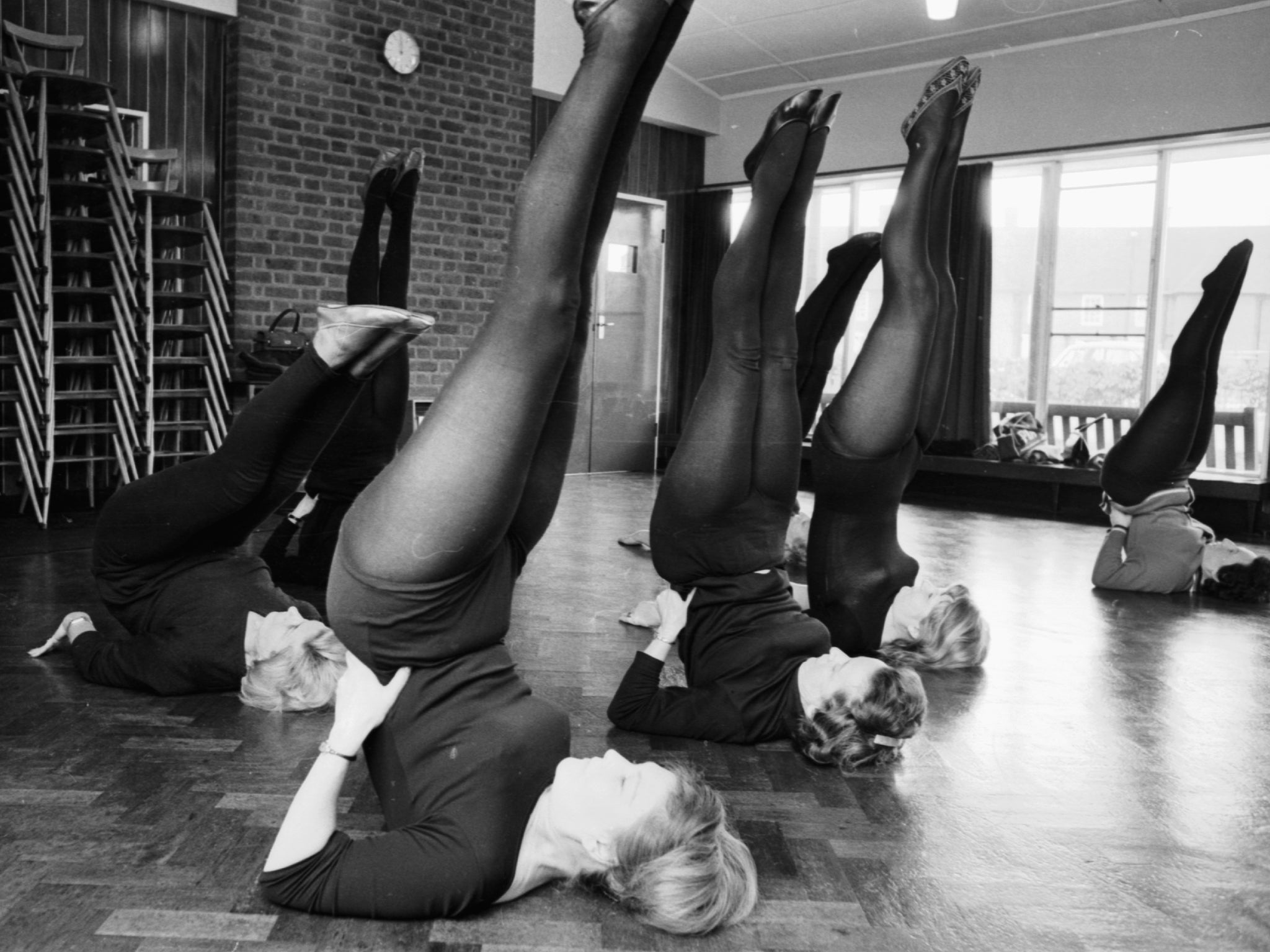The guru, India's greatest export, is not always an easy act to follow
World View


India’s rate of growth has overtaken China’s and its population is set to do the same, but in one sector it is already far and away the world leader: the mass production of gurus.
No-one disputes Bikram Choudhury’s yoga credentials – he studied yoga from earliest childhood, and won the National Indian Yoga championship three times. He emigrated to the US decades ago. But in the devotion he inspires in his masses of yoga students, in the riches he has accumulated and in the recent allegations that he has sexually abused several of his female adepts – allegations he fiercely rejects – he is in the Indian guru mainstream.
These people provoke scorn and ridicule from the sceptical world but unmitigated devotion from the true believers. And the believers, in India as well as in the world beyond, continue to multiply.
The guru can seemingly ask anything of his students and get it. Gurmeet Ram Rahim Singh of Haryana, near Delhi, reportedly told his students that in order to come face to face with god they should have themselves castrated. One alleged victim to have come forward told Indian authorities that 400 had done just that at the guru’s private hospital.
In the same state, which has seen an eruption of gurus and ashrams in recent years, a mild-looking guru called Sant Rampal – a junior irrigation engineer in his former life – held out for days against a siege of police who were trying to arrest him in connection with a murder case from 2006. He also faced contempt charges after he repeatedly failed to appear in court. More than 200 were injured during one assault, as his followers kept the authorities at bay. He was finally arrested, and the next hearing in his case is due early in March.
Gurus offer their disciples entry into a closed world where the frustrations and restrictions and limitations of ordinary life are neutralised. The guru’s charisma – the one essential attribute of a would-be guru – persuades the disciple that outside all is falsity, deception; truth resides within. Often the disciples are snared for life.
The 1960s saw the first great guru boom, as tripped-out Westerners flocked to India for enlightenment. The Maharishi was the most famous because of his success with the Beatles and Donovan, but far more spectacular was the career of Bhagwan Rajneesh of Pune, later known as Osho, meaning “Great Ocean”.

When I lived in Delhi, my sophisticated Indian friends were in no doubt that Rajneesh – the “Bhagwan” part means simply “god” – was an outrageous fraud. I was never entirely convinced they were right.
Rajneesh had more to him than the ability to persuade sad camp followers to have themselves gelded, or the conjuring skills to produce cigar ash from his finger tips or appear in two places at once. For one thing he was well-educated, a professor of philosophy at a provincial university before he received the call, or devised a far more effective way of making money, depending on one’s interpretation.
With his long grey beard and large soft eyes and gentle smile, his presence is magnetic even in a photograph. He brought into being an ashram where all the rules of the outside world were annulled. Marriage didn’t exist. The laws of the land were as nothing. Meditation, which in a traditional Indian context is an arduous and often boring path that takes many years to master, was simple, immediate, blissful. And because he was building what he and his acolytes saw as the model of a new, pure, holy civilisation, there was need of a host of clever, ambitious, well-educated Westerners, willing to design and build and operate it. And Westerners of that sort duly poured in.
I met one of his former disciples in the late-nineties, and although her relationship with her teacher ended traumatically, her happy memories were still vivid, her nostalgia palpable.

Sally-Anne Croft was an accountant, and after joining the ashram soon found herself in charge of the accounts. She had the time of her life. “I loved what I did,” she told me. “I loved my work, I loved the place, I loved the food, I loved the people, I loved what we were doing. It was one of the most extraordinary times of my life.”
When Rajneesh moved his ashram from Pune to the small town of Antelope in Oregon, Sally-Anne moved too. Conflict with conservative Oregonians was not long coming. There were the rumours – all perfectly true – of free love inside the commune, and reports, equally true, that Rajneesh would tour the commune every morning, in a sort of neo-Dadaistic ritual, in one of his 93 Rolls-Royces. (One of Croft’s duties was to keep his Rolls-Royce stable topped up with new ones.)
The commune was quickly besieged with law suits of every description as Oregon did its best to kill it off. Croft was at the centre of trying to keep the show on the road. What destroyed her faith was when she went to Rajneesh with her load of problems. “What finally tipped me over the edge,” she said, “was trying to express [the scale of the problems] to him, and him saying he basically didn’t care about the community. Face to face, in so many words. It broke my heart.”
That’s the conundrum every would-be disciple needs to resolve before burning their boats and giving their heart to a guru. Is he the real deal? Or is he a silver-tongued egomaniac, happily taking the world for a ride in his numerous limousines?
Join our commenting forum
Join thought-provoking conversations, follow other Independent readers and see their replies
Comments
Bookmark popover
Removed from bookmarks